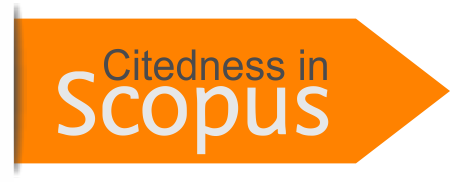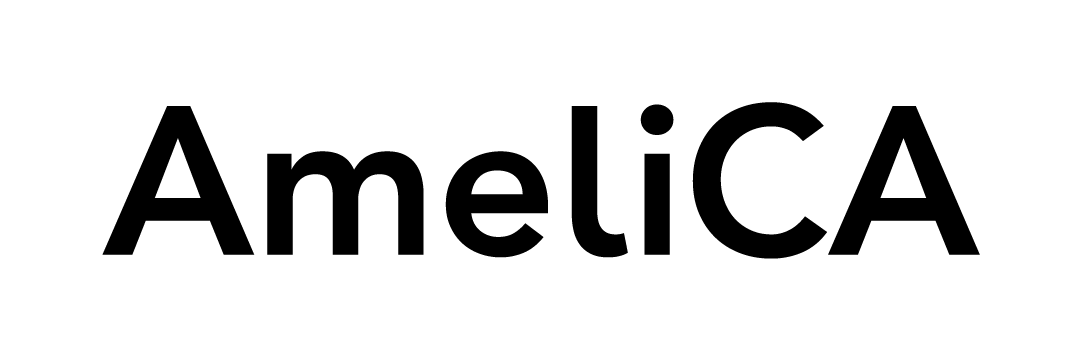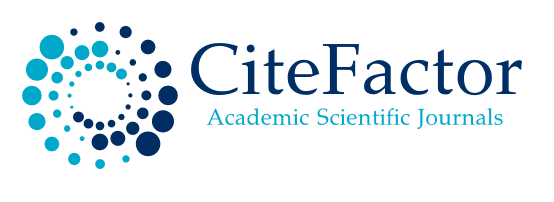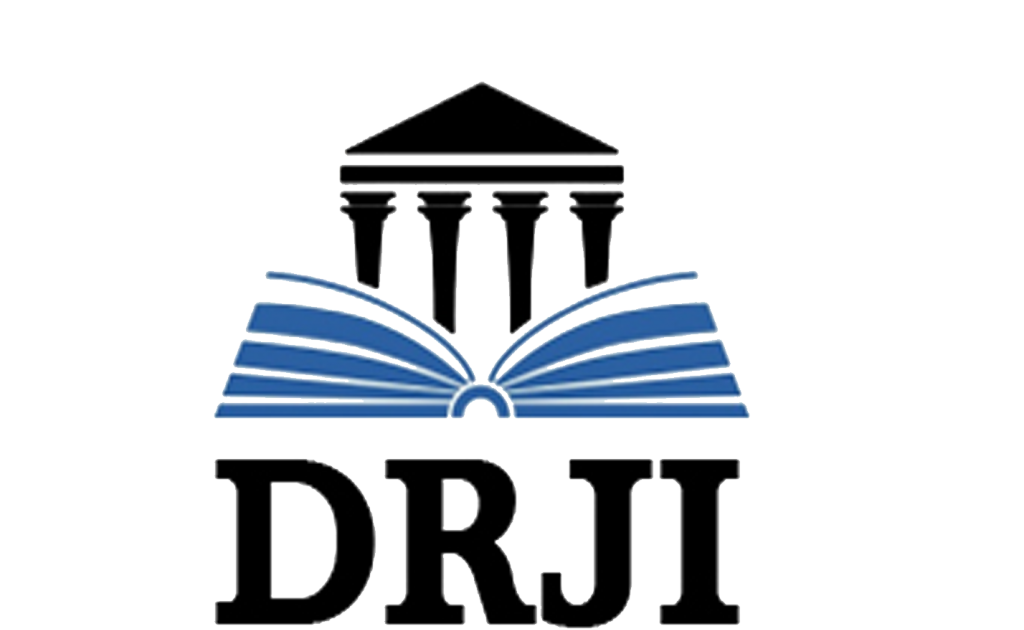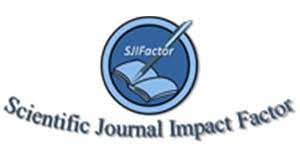Analysis of the political content and impact on public opinion in the city of Guayaquil
DOI:
https://doi.org/10.53591/rug.v135i2.1608Keywords:
Communication, digital site, political content, technology, informationAbstract
The present research is non-experimental-transectional because it does not test or modify any of the study variables, in other words, the facts have already occurred. It is transitional because it collects data from the Bellavista’s citadel in the city of Guayaquil. The methodology used was the nonexperimental design, at the level of descriptive and field study, using quali-quantitative approach. The data collection technique was a non-probabilistic survey of one hundred people from the Bellavista citadel in order to establish the effect of public opinion. Therefore, the study carried out on the digital medium is framed in a recursive point of view, where the media impact is filtered as an expression of common thought among citizens, however, everyone has access to information, not only to the internet, but also to mobile phones or web news portals, available resources that make verification a relevant exercise. That is, it is necessary that online information through digital media is truthful and contrasted. It is evident that a content analysis is required to the main cybermedia in social networks to know how they contribute to media representation.
References
CIESPAL. (2012). Mapa de medios digitales del Ecuador 2012. 76.
Flores Vivar, J. (2015, diciembre 8). Opinión pública, medios interactivos y redes sociales. Recuperado 28 de junio de 2022, de Cultura de red website: https://www.madrimasd.org/blogs/culturadered/opinion-publica-medios-interactivos-y-redes-sociales/
González Reyna, S. (2018). La comunicación persuasiva como instrumento para el cambio de opiniones. Revista Mexicana de Opinión Pública, (25), 185-193. http://dx.doi.org/10.22201/fcpys.24484911e.2018.25.65182
Hernández Sampieri, R., Fernández Collado, C., y Baptista Lucio, P. (1997). Metodología de la Investigación. México: McGraw-Hill: Interamericana. Recuperado de https://metodologiaunefa.webnode.com.ve/_files/200000045-47d7c48d1f/metod_invest.pdf
Integralia, F. (2021, mayo 17). Retroalimentación. Comunicación con feedback positivo. Recuperado 2 de julio de 2022, de Fundación Integralia DKV website: https://dkvintegralia.org/blog/retroalimentacion-comunicacion-feedback/
Kuri Germán, H. (2015). La Credibilidad Periodística. Recuperado 1 de julio de 2022, de Scribd website: https://es.scribd.com/document/258976827/Ensayo-La-Credibilidad-Periodistica
Mejía Jervis, T. (2020). Investigación descriptiva: Características, técnicas, ejemplos. Recuperado 17 de junio de 2022, de https://www.lifeder.com/investigacion-descriptiva/
Ministerio de Asuntos Económicos y Transformación Digital y Observatorio Nacional de Tecnología y Sociedad (ONTSI). (2021). Estudio sobre usos y actitudes de consumo de contenidos digitales en España. ONTSI. https://doi.org/10.30923/094-21-023-9_2021
Moya Álvarez, P. (2003). El fenómeno televisivo en el Ecuador, caso: Ecuavisa-TC televisión. Universidad Andina Simón Bolívar, Sede Ecuador.
Nogales Bocio, A. I. (2010). Un paso más en la incursión de las redes sociales en el panorama de los medios de comunicación: El caso del programa Twisión de Veo7. Recuperado de https://idus.us.es/handle/11441/32646
Pedriza, S. B. (2019). Medios impresos versus digitales: De la agónica lectura de periódicos a los nuevos consumos de información digital. El Argonauta español, (16), 2.
QuestionPro.com. (2018, junio 14). Muestreo no probabilístico: Definición, tipos y ejemplos. Recuperado 24 de junio de 2022, de QuestionPro website: https://www.questionpro.com/blog/es/muestreo-no-probabilistico/
Rubio Ferreres, J. M. (2009, febrero). Opinión Pública y Medios de Comunicación. Teoría de la Agenda Setting [Info:eu-repo/semantics/article]. Recuperado 28 de junio de 2022, de http://www.ugr.es/~pwlac/G25_01JoseMaria_Rubio_Ferreres.html
Sánchez Carlessi, H., Reyes Romero, C., y Mejía Sáenz, K. (2018). Manual de términos en investigación científica, tecnológica y humanística. Universidad Ricardo Palma. Recuperado de http://repositorio.urp.edu.pe/handle/URP/1480
Published
How to Cite
Issue
Section
License

This work is licensed under a Creative Commons Attribution-NonCommercial-NoDerivatives 4.0 International License.

This work is licensed under a Creative Commons Attribution-NonCommercial-NoDerivatives 4.0. International License.
You are free to:
- Share — copy and redistribute the material in any medium or format
- The licensor cannot revoke these freedoms as long as you follow the license terms.
Under the following terms:
- Attribution — You must give appropriate credit , provide a link to the license, and indicate if changes were made . You may do so in any reasonable manner, but not in any way that suggests the licensor endorses you or your use.
- NonCommercial — You may not use the material for commercial purposes .
- NoDerivatives — If you remix, transform, or build upon the material, you may not distribute the modified material.
- No additional restrictions — You may not apply legal terms or technological measures that legally restrict others from doing anything the license permits.





